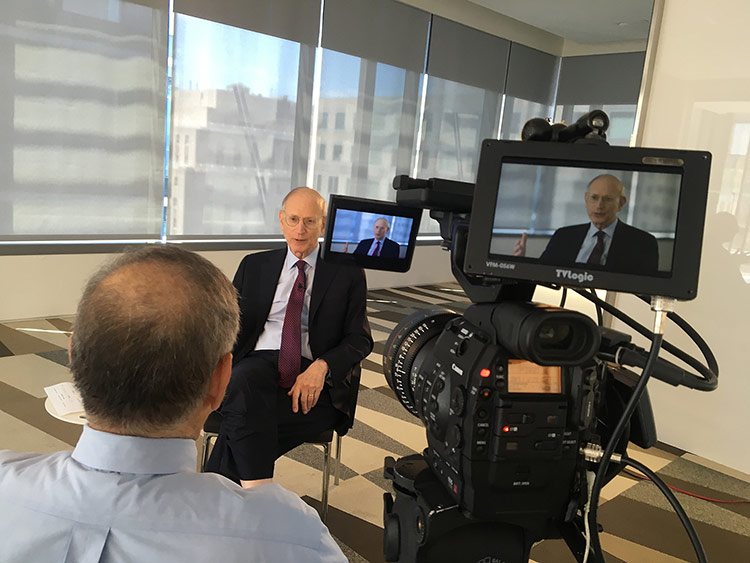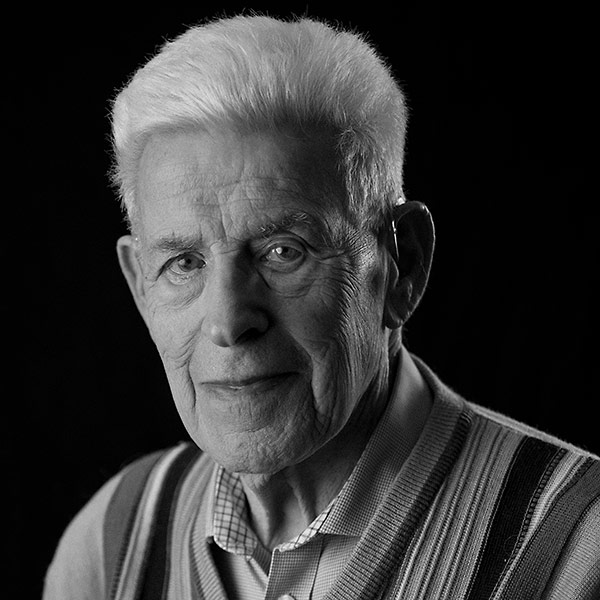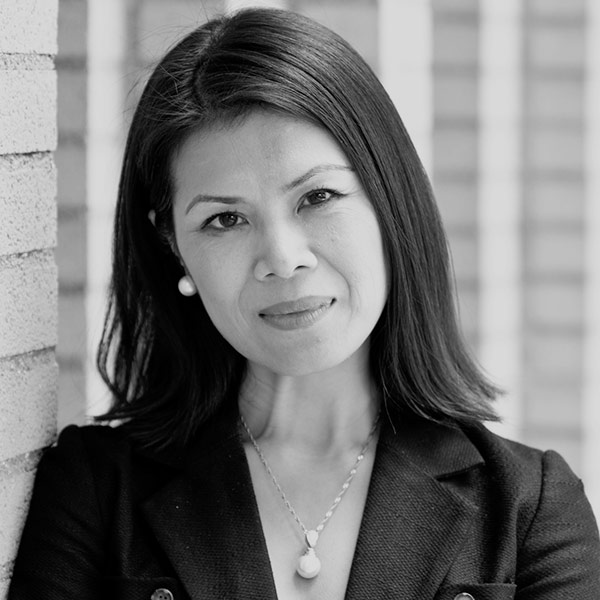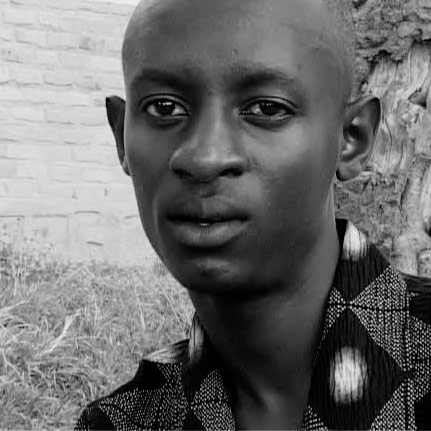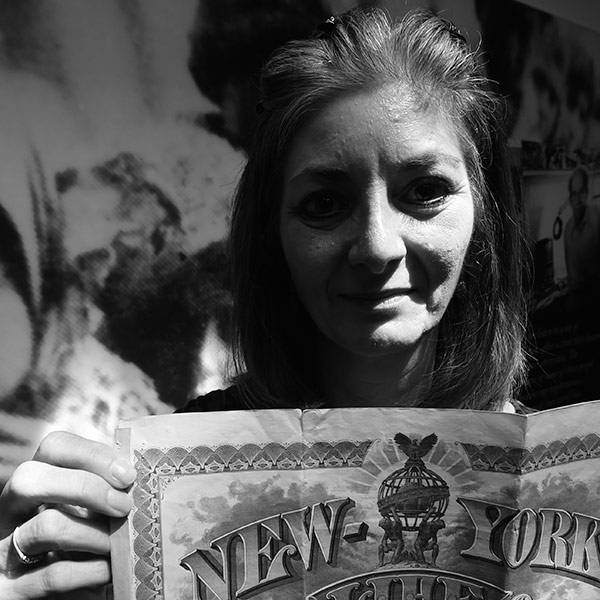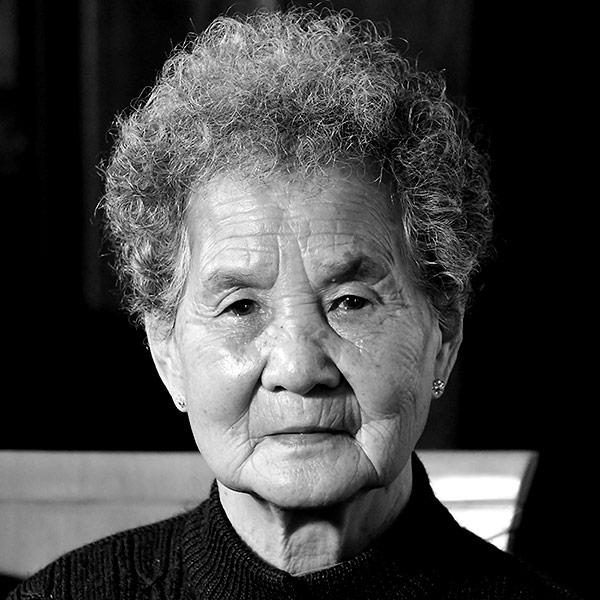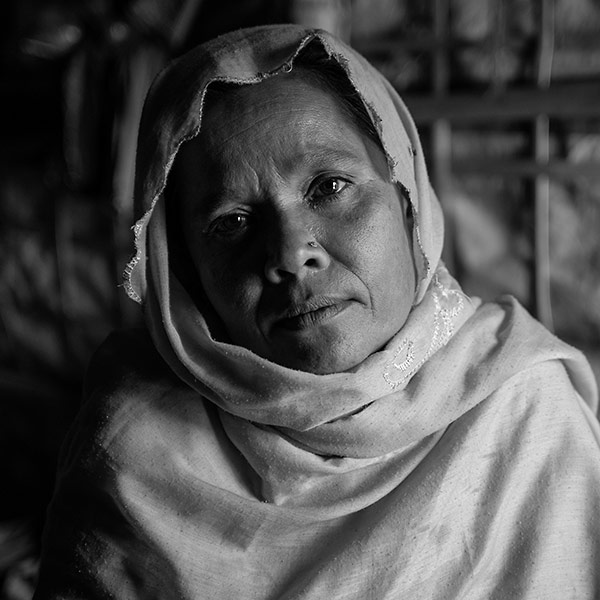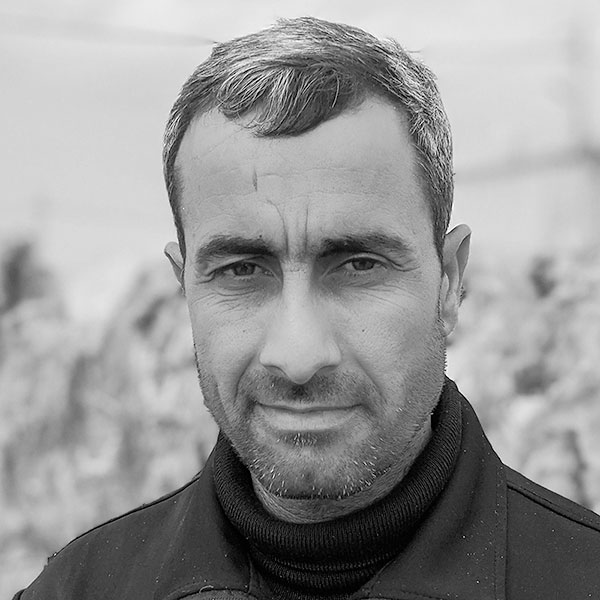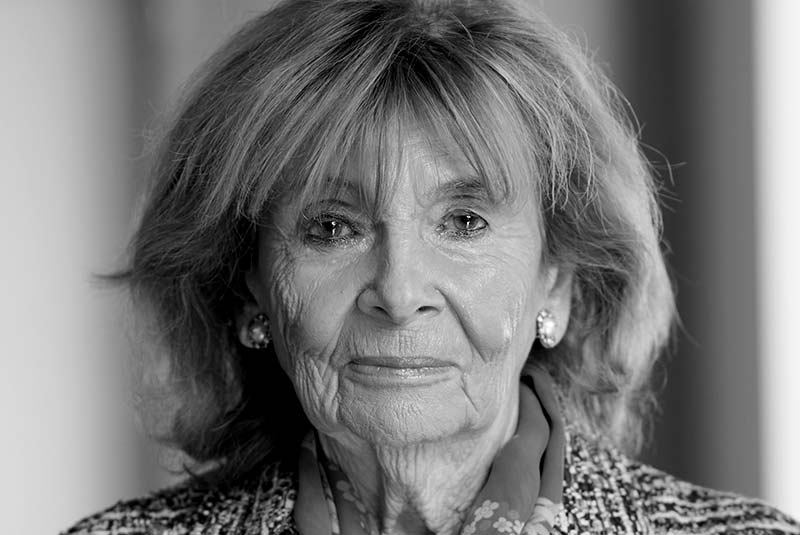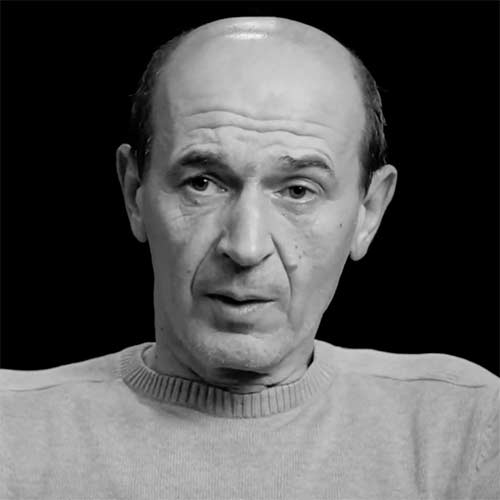Visual History Archive
An invaluable resource for humanity, with nearly every testimony encompassing a complete personal history of life before, during and after the subject’s firsthand experience with genocide
Watch survivor testimonies from the October 7 Terrorist Attack
These are the firsthand testimonies of those who survived the massacre, those who risked their own lives to save others, and those whose lives were changed forever when they lost loved ones.
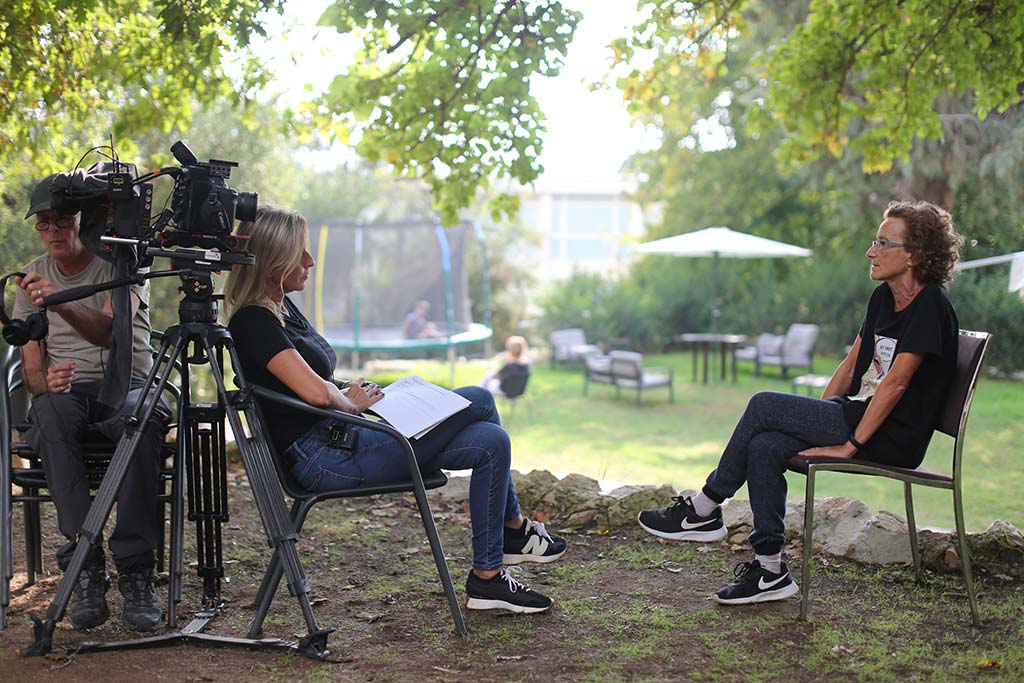
Collections
Visual History Archive By the Numbers
The Power of VHA Testimony Search
Used everyday by leading scholars in the creation of books, articles, dissertations and multi-media presentations, the Visual History Archive® is unique in its ability to advance genocide research thanks to a patented built-in search engine and carefully
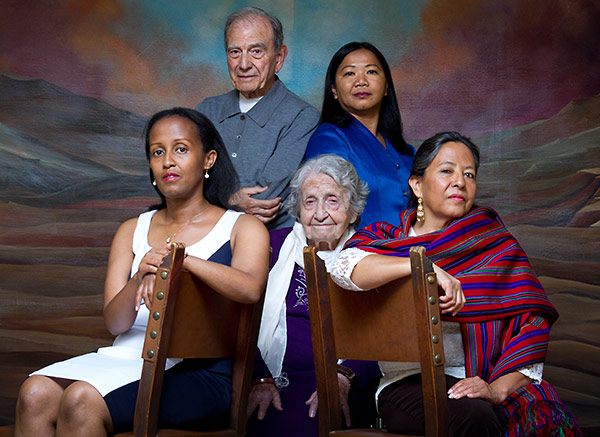
Telling the Story
Our Interview Methodology
Learn about the different aspects of the interview process the Institute developed prior to recording its first testimony in 1995 and is still the foundation for current testimony capture.
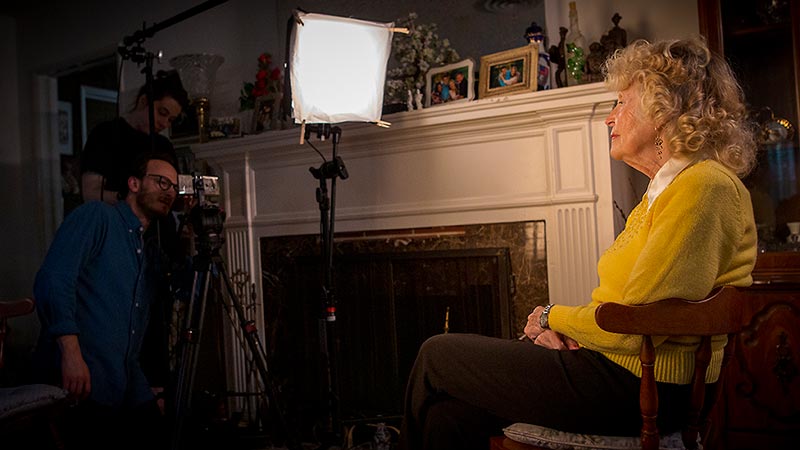
Support the Institute
Your donation helps the Institute record and preserve the testimonies of survivors of the Holocaust and other genocides.
